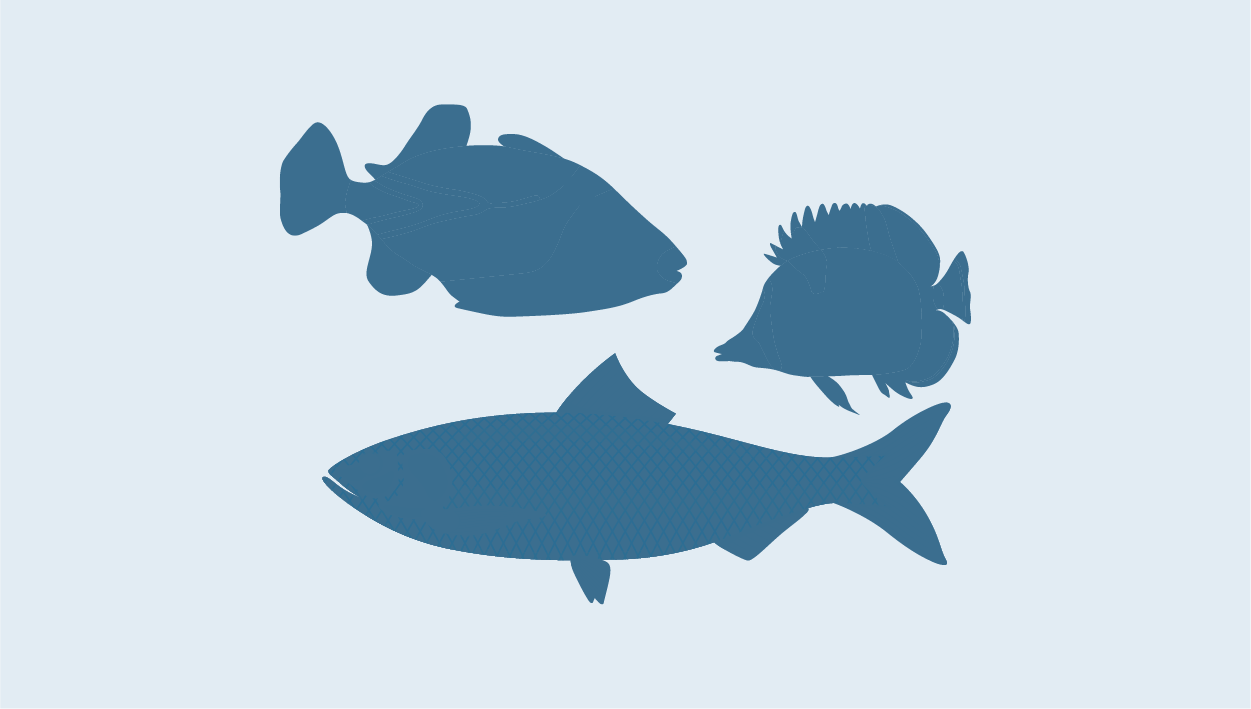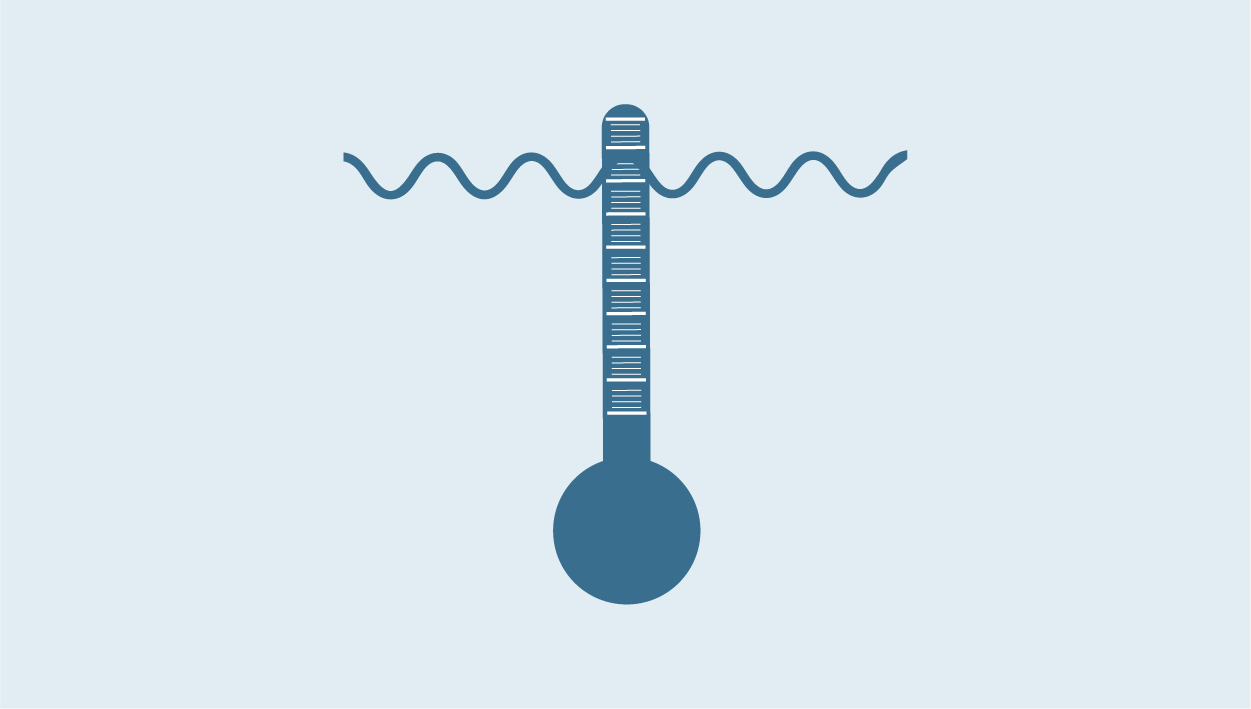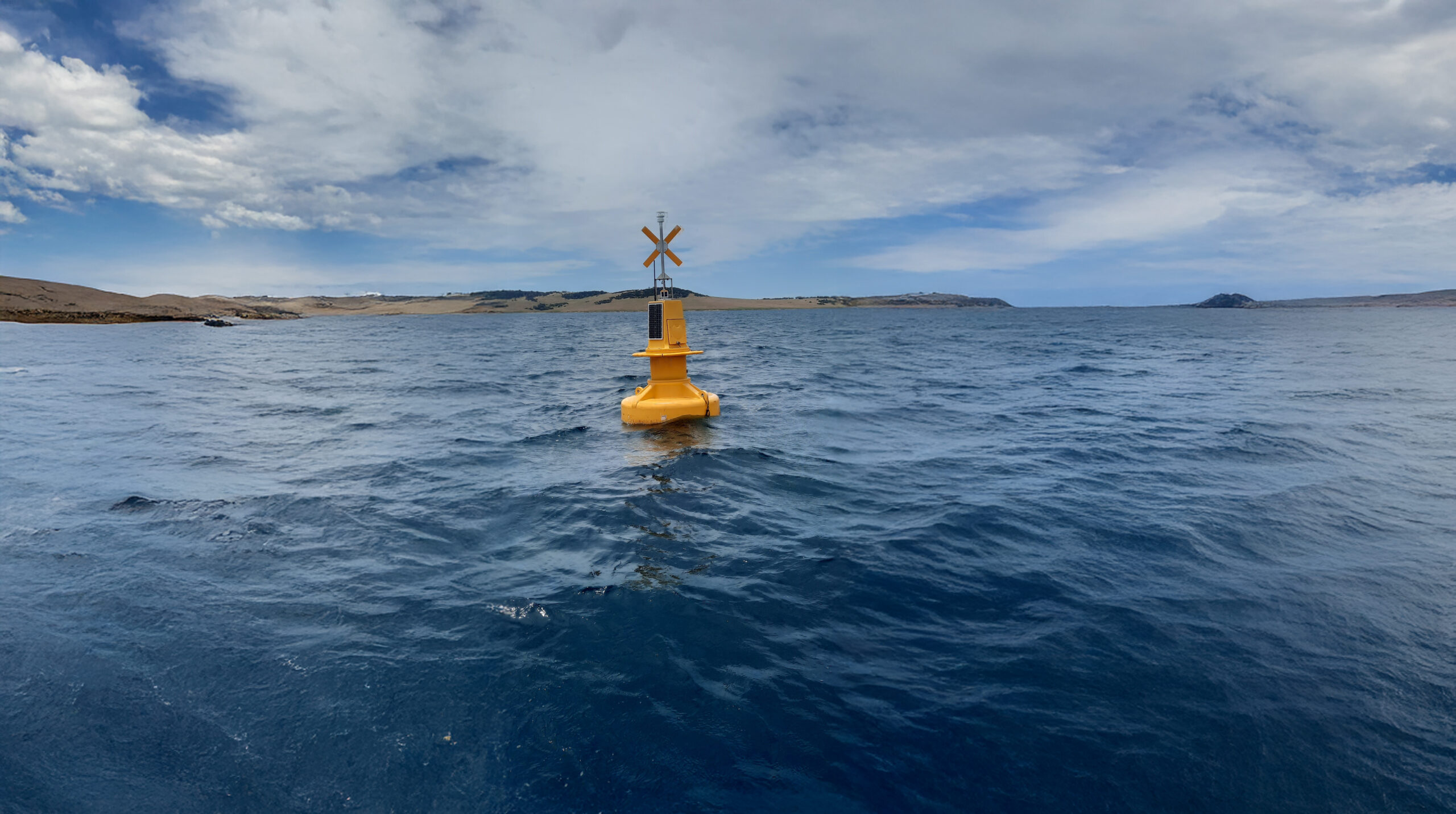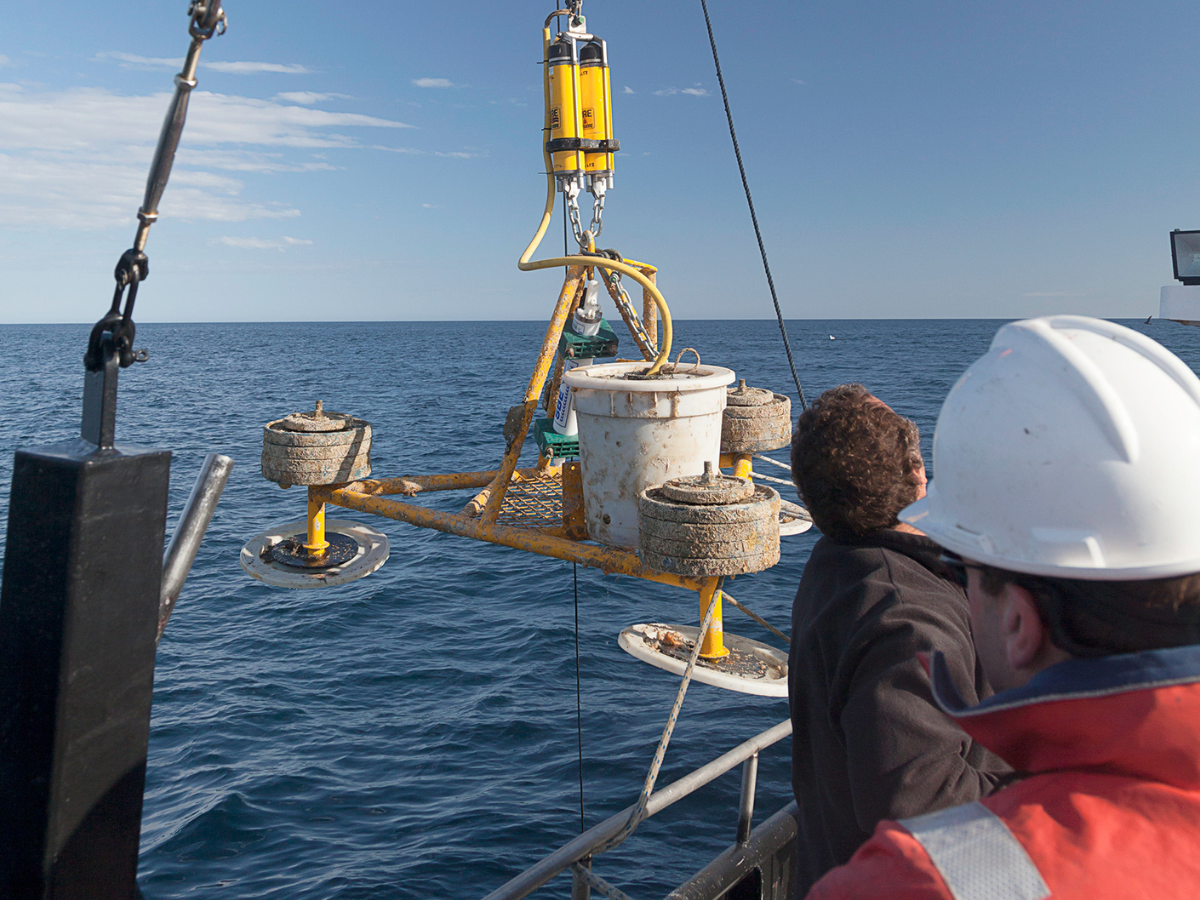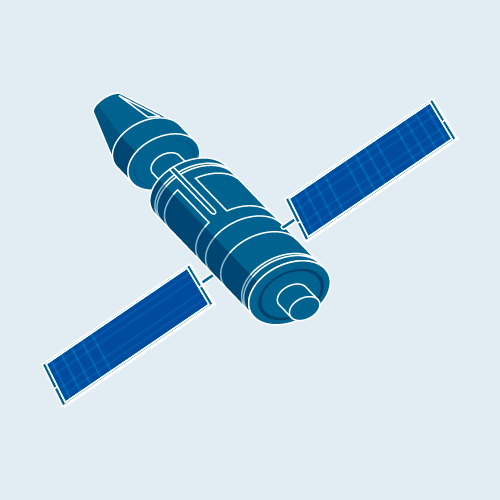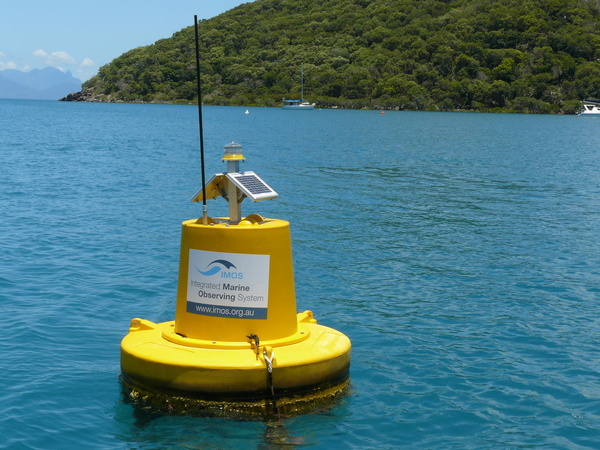Autonomous Underwater Vehicles
Autonomous Underwater Vehicles
Autonomous Underwater Vehicles or AUVs are unmanned vehicles that operate independently and under their own power. While very large-scale surface processes can be easily addressed by both remote sensing and ship-borne systems, characterisation of seafloor processes is often unachievable by these traditional methods. AUVs are effective for rapid and cost-effective high-resolution, accurately geo-referenced and targeted acoustic imagery of the seafloor.
This IMOS Facility finished in June 2023, however data is still available through the AODN Portal.

 Asher Flatt
Asher Flatt

Why we use them
IMOS deployed AUVs in Australian waters to provide a critical link between oceanographic and benthic processes from both tropical and temperate reef environments, spanning the entire latitudinal range of Australia.
Data
To support a more in-depth understanding of natural, climate change and human-induced variability in the shelf environments, the Autonomous Underwater Vehicles Facility operated an integrated benthic monitoring program collecting high-quality seafloor imagery and associated water column data using AUVs at sites around the country.
Key data streams
Select a key data stream to view all IMOS Facilities that collect that data.
Sub-Facilities
Useful information
Operating institution
Sydney Institute for Marine Science (SIMS)
Co-investors
University of Tasmania · University of Western Australia · University of New South Wales · CSIRO · South Australian Research and Development Institute (SARDI) · Australian Institute of Marine Science (AIMS) · Queensland Museum · NSW Department of Primary Industries · Parks Victoria · Deakin University
Acknowledging IMOS
Users of IMOS data are required to clearly acknowledge the source material by including the following statement:
Australia’s Integrated Marine Observing System (IMOS) is enabled by the National Collaborative Research Infrastructure Strategy (NCRIS). It is operated by a consortium of institutions as an unincorporated joint venture, with the University of Tasmania as Lead Agent.


